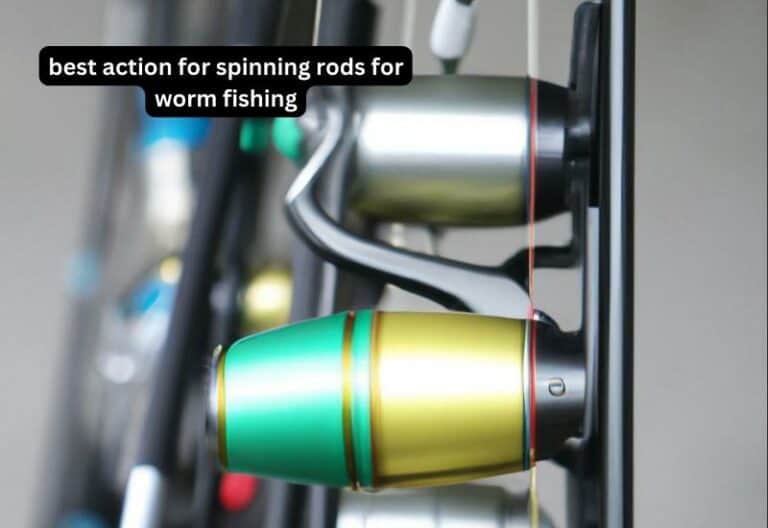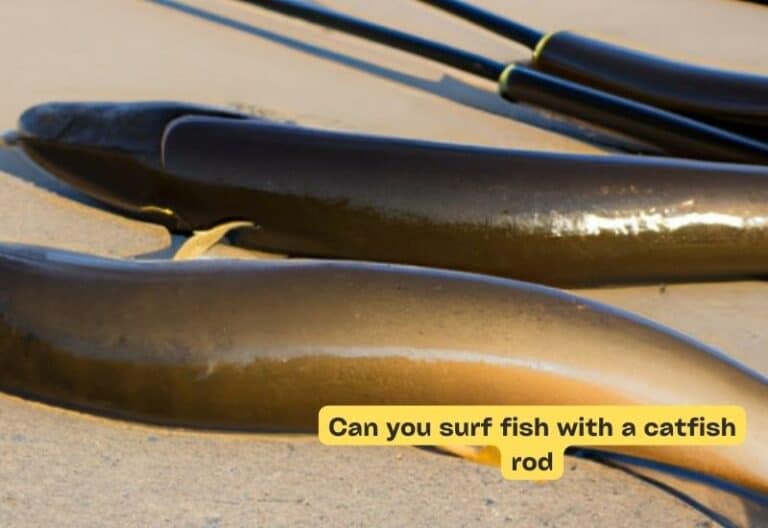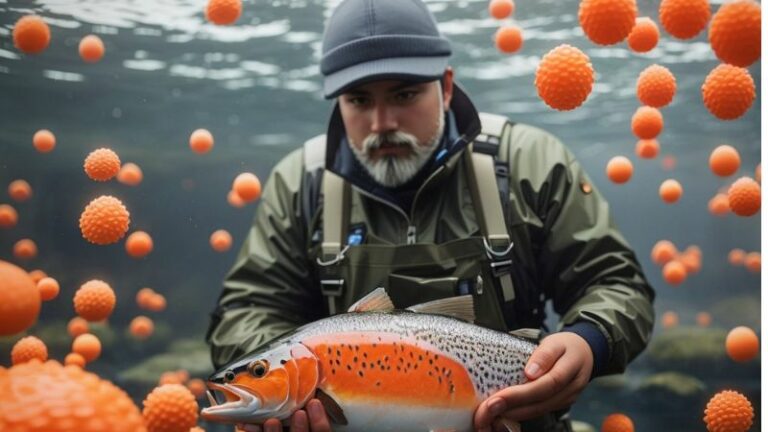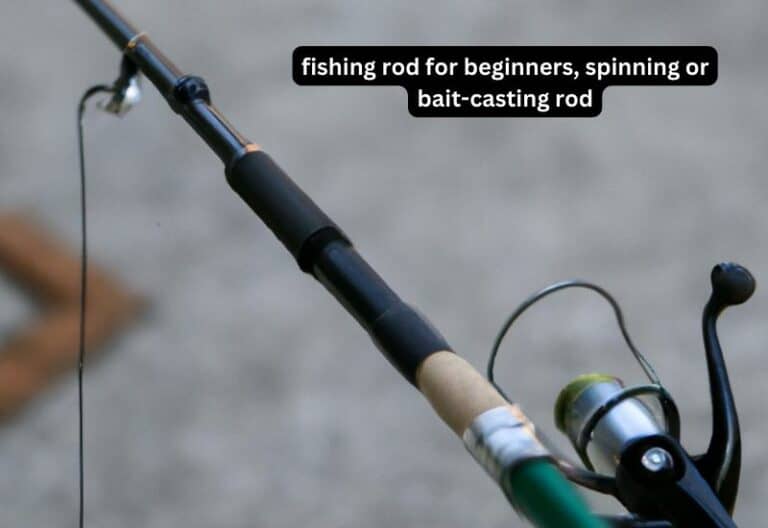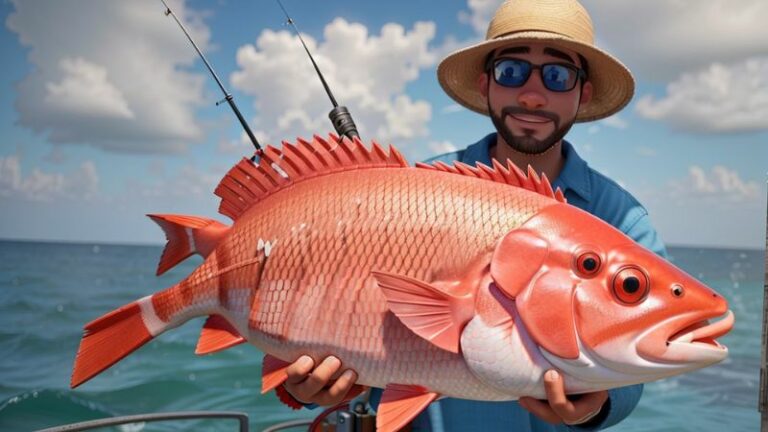How To Fish For Snook
Today we discuss How To Fish For Snook. Snook, also known as linesiders, are prized for their strength and acrobatic leaps, making them a favorite target for anglers. Whether you’re an experienced angler or a beginner looking to try something new, learning how to fish for snook can be a rewarding adventure. From choosing the right gear to understanding their habits and habitats, there are several key factors to consider when targeting these powerful predators.
In this guide, we’ll take you through the essentials of snook fishing, providing you with tips and techniques to increase your chances of success. So grab your fishing rod, put on your lucky fishing hat, and get ready for an epic journey into the world of snook fishing. Let’s dive in and discover how to fish for snook like a pro!
How to Fish for Snook: A Complete Guide
Snook, also known as robalo or linesider, are highly-sought after game fish found in both saltwater and freshwater environments. They are known for their aggressive strikes and acrobatic fights, making them a favorite among anglers. If you’re looking to catch snook and enjoy the thrill of reeling in these powerful fish, this comprehensive guide will provide you with all the information you need. From equipment and techniques to the best fishing spots and regulations, we’ve got you covered.
Fishing Equipment for Snook:
When it comes to fishing for snook, having the right equipment is essential. Here’s a breakdown of the gear you’ll need:
1. Fishing Rod: Opt for a medium-heavy to heavy, fast-action rod that can handle the power and fights of large snook. A length of 7 to 8.5 feet is ideal for long casts and better control.
2. Fishing Reel: Choose a reel with a high line capacity and a smooth drag system. A baitcasting reel or a spinning reel in the 3000-4000 size range is suitable for most snook fishing scenarios.
3. Fishing Line: Use a braided line with a 20-30lb test strength. The low stretch and high sensitivity of braided lines allow you to feel even the slightest nibble and provide the strength to handle large snook.
4. Hooks and Rigs: Snooks have a mouth full of sharp teeth, so using a heavy-duty, corrosion-resistant circle or J-hooks in sizes 2/0 to 5/0 is recommended. Popular rig setups include the Carolina rig, popping cork rig, and live bait rig.
5. Bait and Lures: Snooks are opportunistic feeders and will strike a variety of baits and lures. Live baits such as pilchards, shrimp, and pinfish work well, as do artificial lures like topwater plugs, jerk baits, and swimbaits.
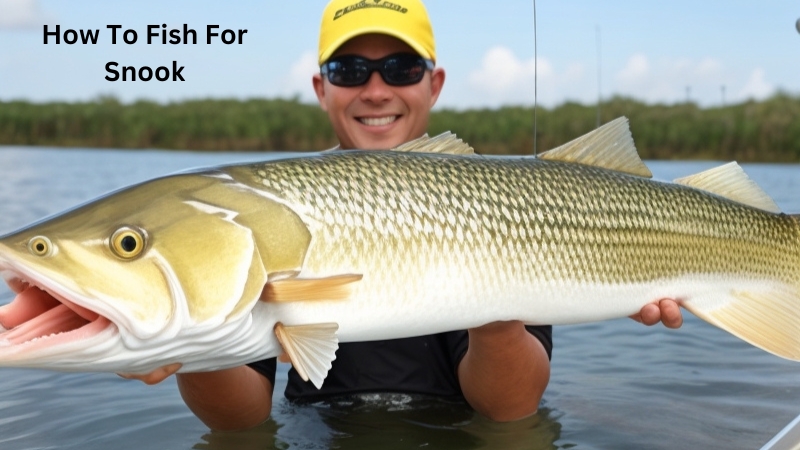
Choosing the Right Fishing Spot:
Snook can be found in a variety of habitats including mangrove shorelines, beaches, jetties, bridges, and inshore grass flats. Understanding their behavior and preferred habitats will help you narrow down the best fishing spots. Consider the following factors when selecting your fishing location:
1. Structure and Cover: Look for areas with submerged structures like docks, rock piles, and fallen trees. Snook like to hide in these structures to ambush their prey. Also, pay attention to areas with plenty of vegetation and grass as snook feed on baitfish hiding in the cover.
2. Tidal Movements: Snooks are known to be more active during certain tidal movements. They often feed during high tides and retreat to deeper waters during low tides. Consult tide charts to determine the best time to fish.
3. Water Temperature: Snooks are sensitive to water temperature and prefer warmer waters. They are more active when the temperature ranges between 70-78°F (21-26°C). Use a thermometer to monitor water temperature and adjust your fishing strategy accordingly.
4. Currents and Channels: Snook tend to congregate near tidal creeks, inlets, and channels where water movement and baitfish concentrations are high. Focus your efforts on these areas for a better chance of success.
Techniques for Catching Snook:
Once you’ve chosen the right fishing spot, it’s time to employ the right techniques to increase your chances of catching snook. Here are some proven methods:
1. Live Bait Fishing: Snooks have a strong preference for live bait. Use a cast net to catch live baitfish like pilchards, pinfish, or shrimp. Hook the live bait through the lips or tail and cast it near structures or current-rich areas. Allow the bait to swim naturally to attract snook.
2. Artificial Lures: If live bait is not available or you prefer the challenge of fooling snook with artificial lures, there are several options to consider. Topwater plugs like Zara Spooks and surface walk-the-dog lures create enticing commotions that can trigger aggressive strikes. Jerkbaits and swimbaits in natural baitfish patterns are also effective.
3. Sight Fishing: Snooks are often visible in clear, shallow waters. This presents a unique opportunity for sight fishing. Polarized sunglasses are a must for spotting snook. Use stealthy approaches, cast ahead of the fish’s path, and retrieve your lure or bait to present it in a natural manner.
4. Drifting Baits: If you’re fishing from a boat, drifting baits can be a productive technique. Set up a drift in areas with known snook activity and let your bait drift naturally with the current. This method covers more water and increases your chances of encountering a feeding snook.
Remember to check local regulations and fishing licenses before heading out to fish for snook. Stay informed about size and bag limits, seasonal closures, and any special regulations in your area. With the right equipment, techniques, and knowledge about snook behavior, you’ll be well-prepared for a successful snook fishing adventure. So, grab your gear, head to the water, and enjoy the thrill of catching these fantastic game fish!
Key Takeaways: How to Fish for Snook
- Choose the right fishing gear for snook, such as medium to heavy rods and reels.
- Look for snook-in areas with structures, like mangroves, bridges, and docks.
- Use live bait, such as shrimp or small fish, to attract snook.
- Cast your bait near the structure and reel it in slowly to entice a snook to strike.
- Be patient and persistent, as snook can be challenging to catch but well worth the effort.
faqs for How To Fish For Snook:
When it comes to bait selection for snook, live bait is usually the most effective option. Shrimp, pinfish, and mullet are all great choices. However, keep in mind that snooks are also known to strike at artificial lures such as jerk baits and topwater plugs. Experimenting with different bait options can help you determine what works best in the specific fishing location and conditions you’re in.
When it comes to equipment, a medium to heavy spinning rod and reel combo is recommended for targeting snook. You’ll need a sturdy rod that can handle the fight from these powerful fish. Choose a reel with a smooth drag system for controlling the snook’s powerful runs.
It’s also important to use a braided line with a high pound test to withstand the snook’s sharp gill plates and abrasive coastal environments. Leader material is essential as snook have sharp teeth, so a fluorocarbon or monofilament leader will help prevent break-offs. Finally, a variety of hooks and sinkers, as well as a quality landing net, will complete your snook fishing gear.
Snooks can be found in a variety of habitats, but they are most commonly found near structures such as mangroves, bridges, docks, and jetties. These areas provide shelter and a steady food source for snook. Look for areas with moving water, as snook are known for ambushing their prey in strong currents.
Consider tidal patterns and fish during the incoming or outgoing tide when the water movement is strongest. It’s also important to research local regulations and fishing boundaries to ensure you are fishing in permitted areas.
Snooks are known to be more active during dawn, dusk, and nighttime. These low light conditions align with their predatory nature, as they are often hunting for food during these times. That being said, snook can be caught throughout the day, especially if you target areas with structure and strong water movement.
Furthermore, it’s worth noting that snook fishing can be influenced by seasonal patterns. Snooks are more prevalent in warmer months and may migrate to different areas depending on the time of year. Researching local snook behavior and fishing reports can help you determine the best time to fish for snook in your specific location.
There are several techniques you can use to catch snook. One effective method is to target them with live bait. Cast your bait near the structure and allow it to naturally flow with the current. Remember to keep your line tight and be ready to set the hook when you feel a strike.
Another popular technique is to use artificial lures such as topwater plugs, jerk baits, or jigs. These lures imitate the movements of injured baitfish, which can trigger a snook’s predatory instincts. Experiment with different retrieval speeds and presentation styles to see what works best.
BEST Snook tips you’ll ever hear!
Summary
Fishing for snook can be a fun and exciting activity for people of all ages. It’s important to know where and when to fish, as well as what equipment to use. Snook likes to hide near structures such as docks and rocks, so that’s where you should cast your line. Look for them during sunrise or sunset when they’re most active. Use live bait or lures that mimic their natural prey. Remember to be patient, as snook can be elusive and tricky to catch.
Once you’ve hooked a snook, be prepared for a strong fight! They’re known for their powerful runs and acrobatic jumps. Use a strong fishing line and reel and be careful not to let them break free. Finally, if you’re planning to keep your catch, make sure it meets the legal size limit. Snook can be delicious to eat, but always follow fishing regulations to protect the population and preserve the sport for future generations. Happy snook fishing!
